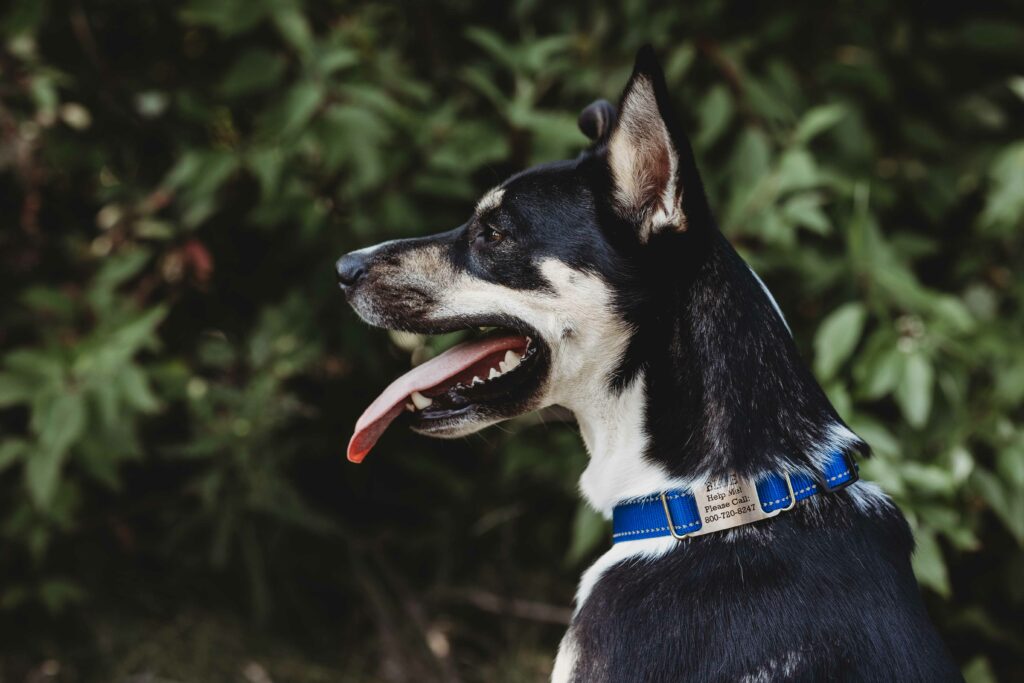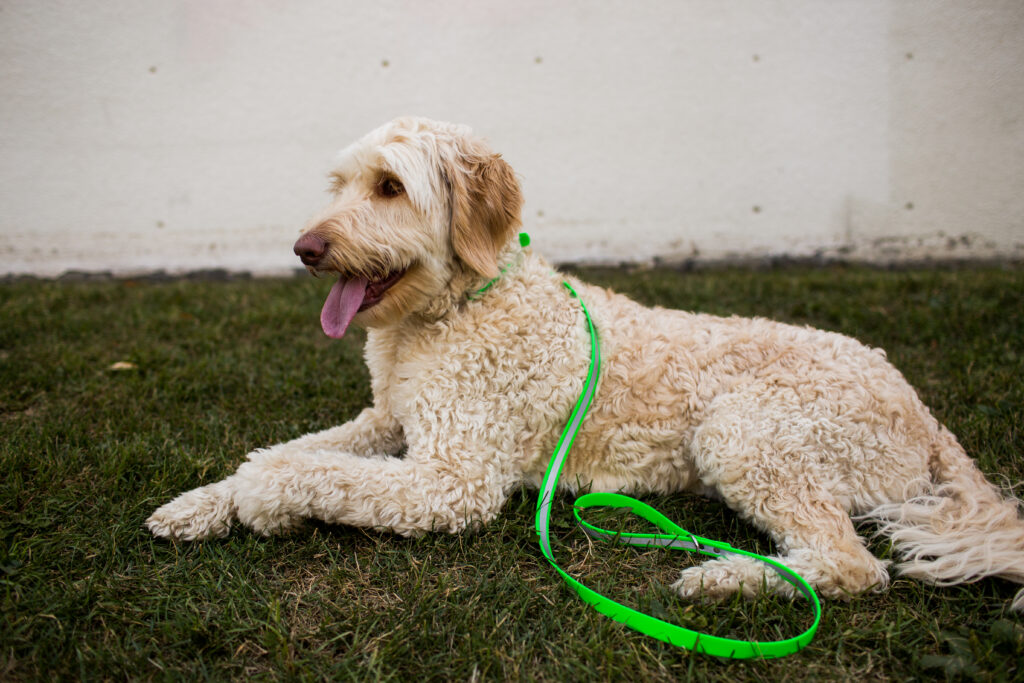How to Transition Your Dog to a Raw Diet
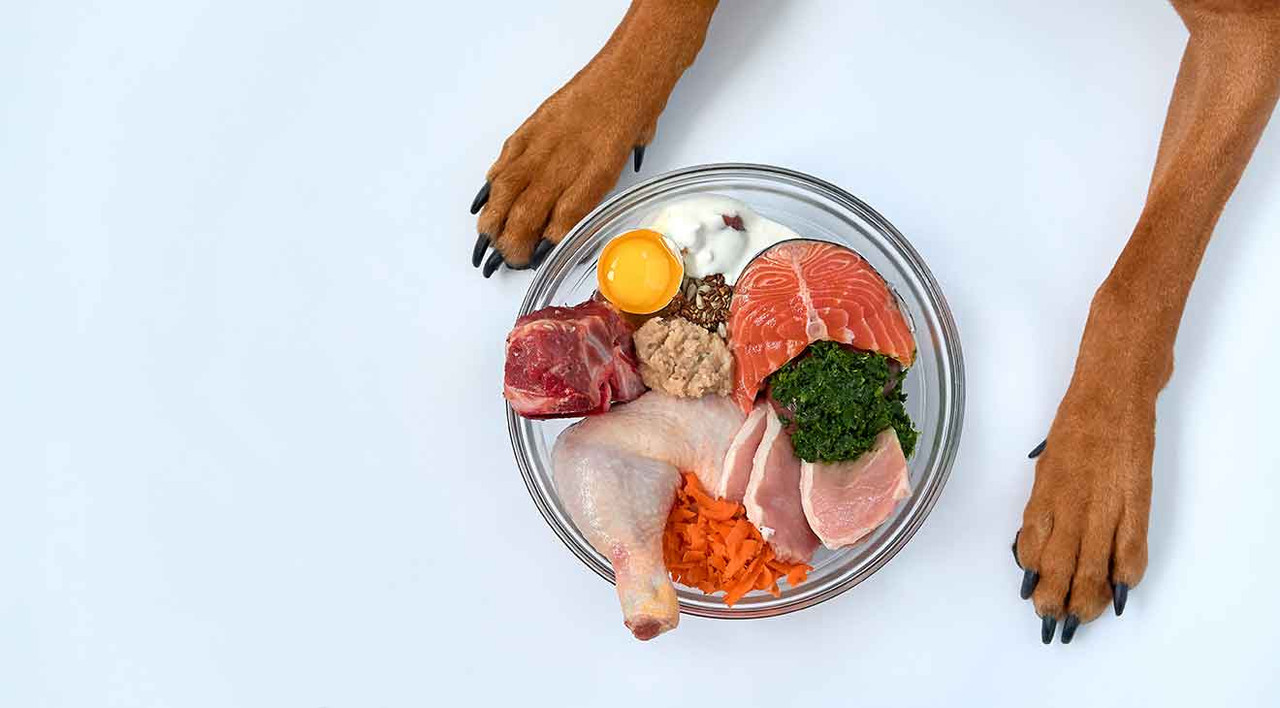
A raw diet can be beneficial for your dog’s health and development. Many dog owners are turning to raw food to create a diet specific to their breed’s needs.
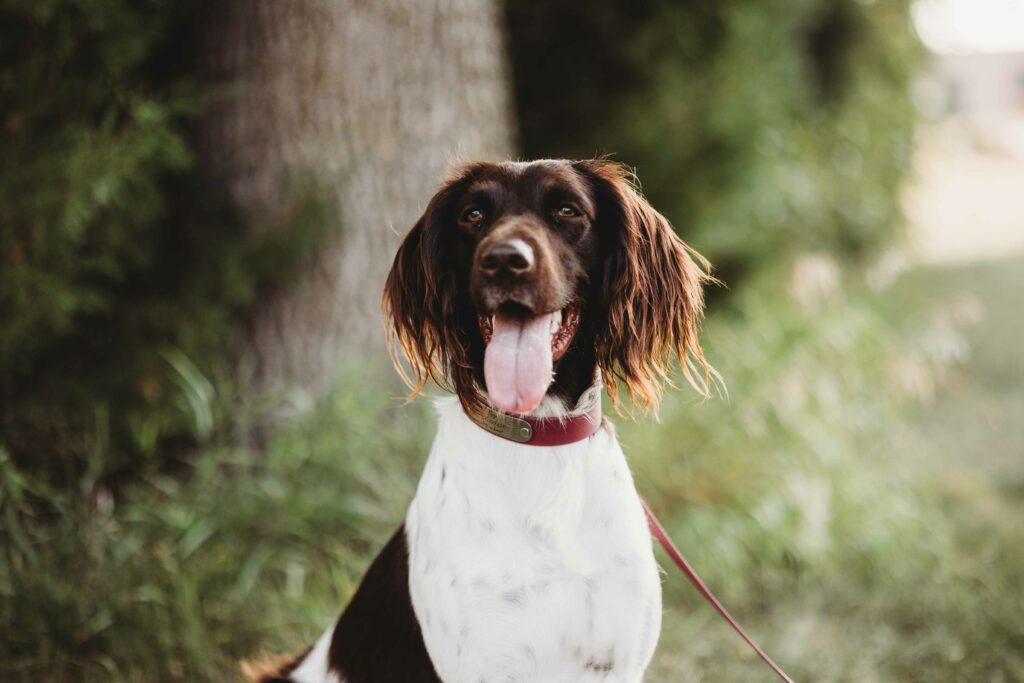
You may have heard about it on TikTok, Facebook, or Instagram; however, a raw food diet for dogs is far from a contemporary practice. In fact, raw pet food diets have a rich history.
Before domestication, the ancestors of our present-day furry friends survived on a diet of raw meat. These natural hunters would look for prey in all shapes and sizes: live prey, carcasses, vegetation, and eggs. These foods were all fruitful options that comprised the diets of these animals.
The domestication of animals, particularly companion animals like dogs and cats, is deeply intertwined with many early human civilizations. Since their domestication about 16,000 years ago, these animals have become an important part of human households and families.
Before the industrial revolution, a dog’s diet would comprise mainly of leftover food from humans. Families with disposable income placed more importance onto their dog’s diet, and thus the first commercial dog food was created in England during the mid 1800’s.
Since then, commercial dog foods have developed to be specialized for certain breeds and sizes of dogs. Despite these developments, many dog owners still opt for a raw diet.
A raw diet can have many benefits, such as a healthier coat, cleaner teeth, higher energy levels, and smaller stool sizes. These benefits are appealing; however, raw diets are time consuming and can be financially taxing. When done incorrectly, they can threaten your dog’s health and wellbeing.
Read on to learn how to do a raw diet correctly and several common mistakes to avoid.
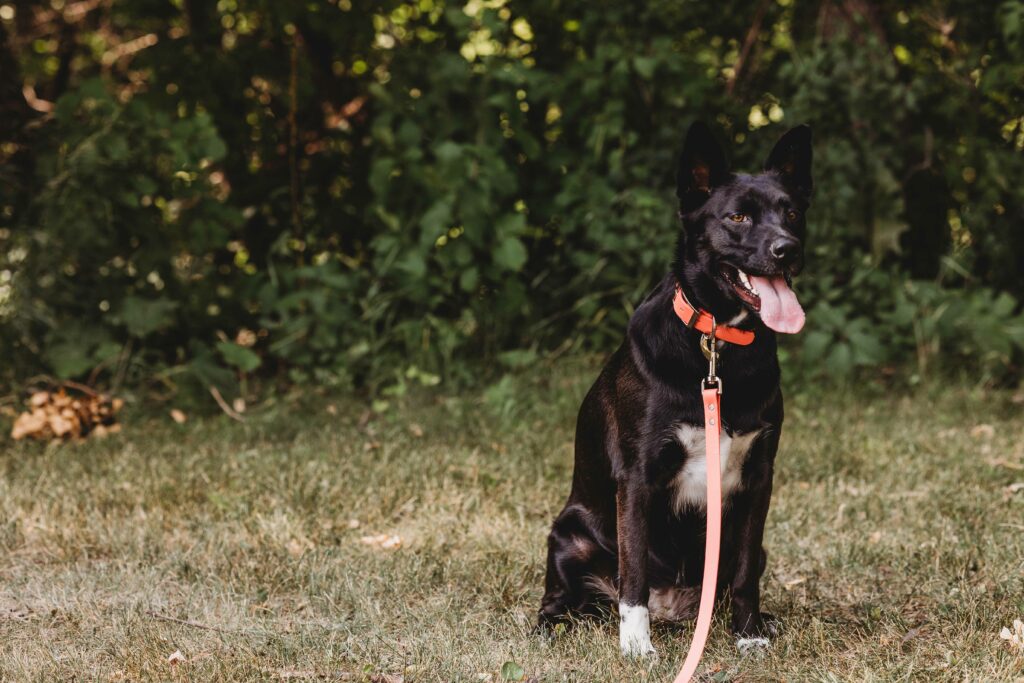
Five Common Mistakes and How to Avoid Them
An unplanned and uneducated diet is a potentially lethal diet. Knowing the facts and common mistakes can help keep your pup happy and healthy.
Skipping the Research
Just like when you are considering trying out a new diet or looking for new sources of nourishment, you’re likely to do some research. The same goes for your pup. Since your dog can’t get on the internet to research their diet, it’s going to be up to you.
The benefits of a raw food diet are enticing. If you are considering transitioning your dog to this type of diet, it’s important to be well informed about the risks.
The biggest risk of a raw food diet are the threats to human and canine health from bacteria found in raw meat. Intense heat typically used in preparing commercial pet food destroys any potentially harmful bacteria. In dogs, bacterial infections can cause renal failure, necrosis, and severe vasculitis. Alternatively, in humans, bacteria from raw meat can cause infection by indirect and direct exposure in preparation of the food and picking up your dog’s poop.
Another risk factor in feeding your dog a raw diet is the potential for choking, breaking teeth, or receiving an internal puncture wound from whole bones. Soft bones, such as non-weight bearing bones, are not typically hard enough to cause damage; however, larger meaty bones can pose a threat. To avoid this risk, it is advised to remove the bone from the dog once the meat has been chewed off.
Feeding Your Dog an Imbalanced Diet
An unbalanced diet can have long-lasting negative effects on your dog’s health. A raw diet is much more than a singular piece of meat. In addition to meat it involves organs, vegetables, and bone.
Your dog’s raw diet should be 80 percent muscle meat, 10 percent organ meat, and 10 percent bone- this includes feeding vegetables like carrots!
To make things more simple, there are three macronutrients to balance your dog’s raw diet: Fats, Proteins, and Carbohydrates.
The foundation of your dog’s diet should be fats and proteins, and these two macronutrients go hand-in-hand. Proteins can be obtained from muscle meat and organs. Fats in muscle meat and organs can easily be searched on many reputable sources on the internet. The goal would be to find protein sources where the fat content is not too low or too high- aiming between 10 and 20 percent.
Carbohydrates provide energy and can even boost your dog’s immune system. Some good sources of carbohydrates include pearled barley, whole oats, and vegetables.
Your pup will thank you for doing your research and planning a balanced diet before you make the transition to a raw diet. Balancing a raw diet can be difficult, but it is essential to your dog’s health and happiness!
Forgetting Vitamins and Minerals
In addition to the macronutrients above, your dog’s diet needs to be balanced in terms of minerals and vitamins. Many pet owners will neglect veggies in their diet plans, but they are essential to reducing the risk of breed-specific genetic issues such as hip and elbow dysplasia, degenerative myelopathy, and cardiomyopathy. Be sure to research your dog’s specific needs and health issues that they may be predispositioned to.
Mixing Raw Food with Kibble
Another very common mistake made when transitioning your dog to a raw diet is mixing kibble in with raw food. This method certainly seems intuitive and many well-meaning pet owners make this mistake, potentially putting their dogs at risk for digestive problems.
Rather than easing your dog onto a raw diet, the switch should be fully made all at once. Your dog’s stomach is specialized to digest certain foods and raw food digests at a different pH compared to kibble. When mixed, one of the foods gets left in the digestive tract. This can cause discomfort and a chance for harmful bacteria to grow, therefore, it is suggested that that switch be completely made.
In the same vein, owners transitioning their dog to a raw diet should cut out commercial treats. Raw bones, such as beef marrow and lamb femurs, are safe alternatives to treats. When feeding your dog bone, it is important to avoid types that are prone to splintering such as cooked, pork, or any rib bone. Little slices of vegetables will also do the trick, and help to keep your pup hydrated throughout the day.
The Proper Amount
Since kibble can be easily scooped and portions, dog owners switching their dog to a raw diet often have trouble with portion sizes. As a result, dogs being fed these types of diet can be under or overfed.
Assuming your dog is at the right weight, it is advised to feed them around 3 percent of their body weight. Be sure to consult with your veterinarian if your dog is underweight or overweight.
Summary
Feeding your dog a raw diet can be rewarding for you and your dog and like most things in life, it’s important to do your research. However, if you’ve read this article, you’re going in the right direction.
Balancing your dog’s diet with the proper levels of macronutrients is incredibly important to your pet’s health and wellbeing. In addition to being educated, be sure to consult your veterinarian before starting a raw diet with your pup.
Explore Popular Articles
-
Homemade Flea, Tick & Mosquito Repellent for Dogs: A Natural Recipe for Pet Parents
Jun 13, 2025Beyond the Buzz and Itch: Protecting Your Pup from Mosquitoes, Fleas, and Ticks As pet parents, we w
-
Can My Dog Eat This? A List of Human Foods Dogs Can and Can't Eat
Jun 04, 2025As loving dog owners, we consider our furry companions members of the family. They share our homes,
-
How Long Are Dogs Pregnant - Tips for Care & Safety
May 15, 2025Congratulations! If you’re reading this, your furry friend is likely expecting a litter of pup


